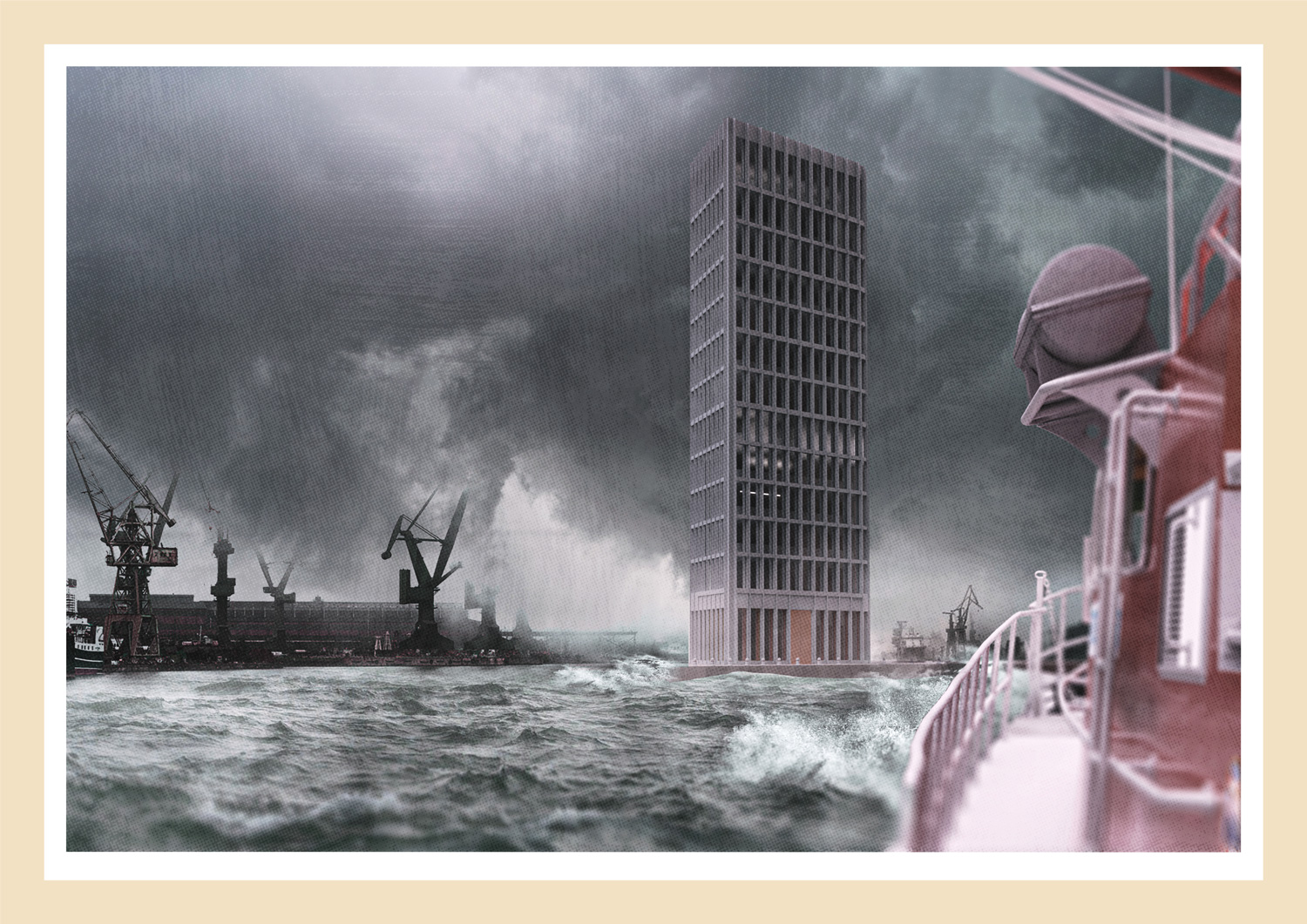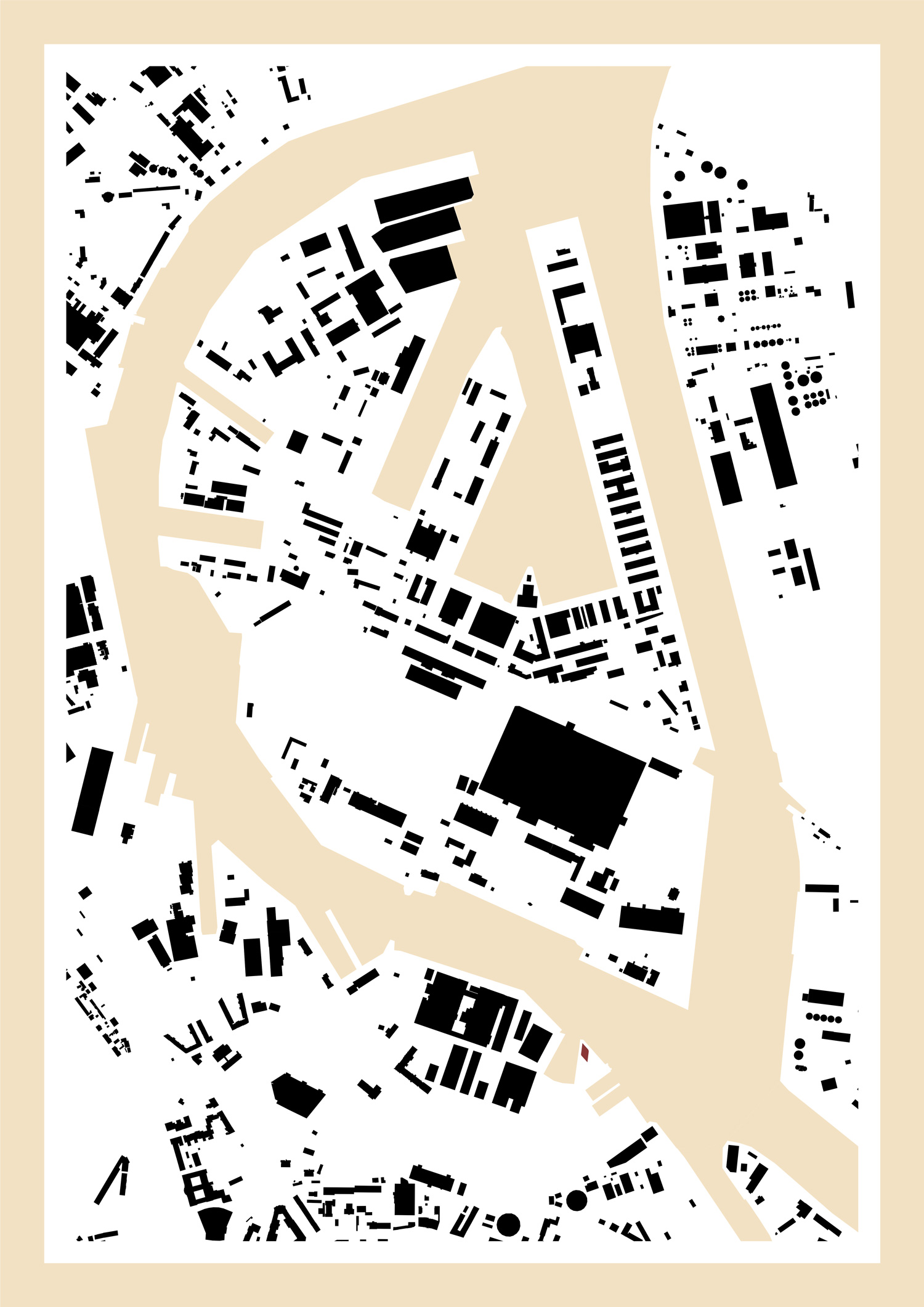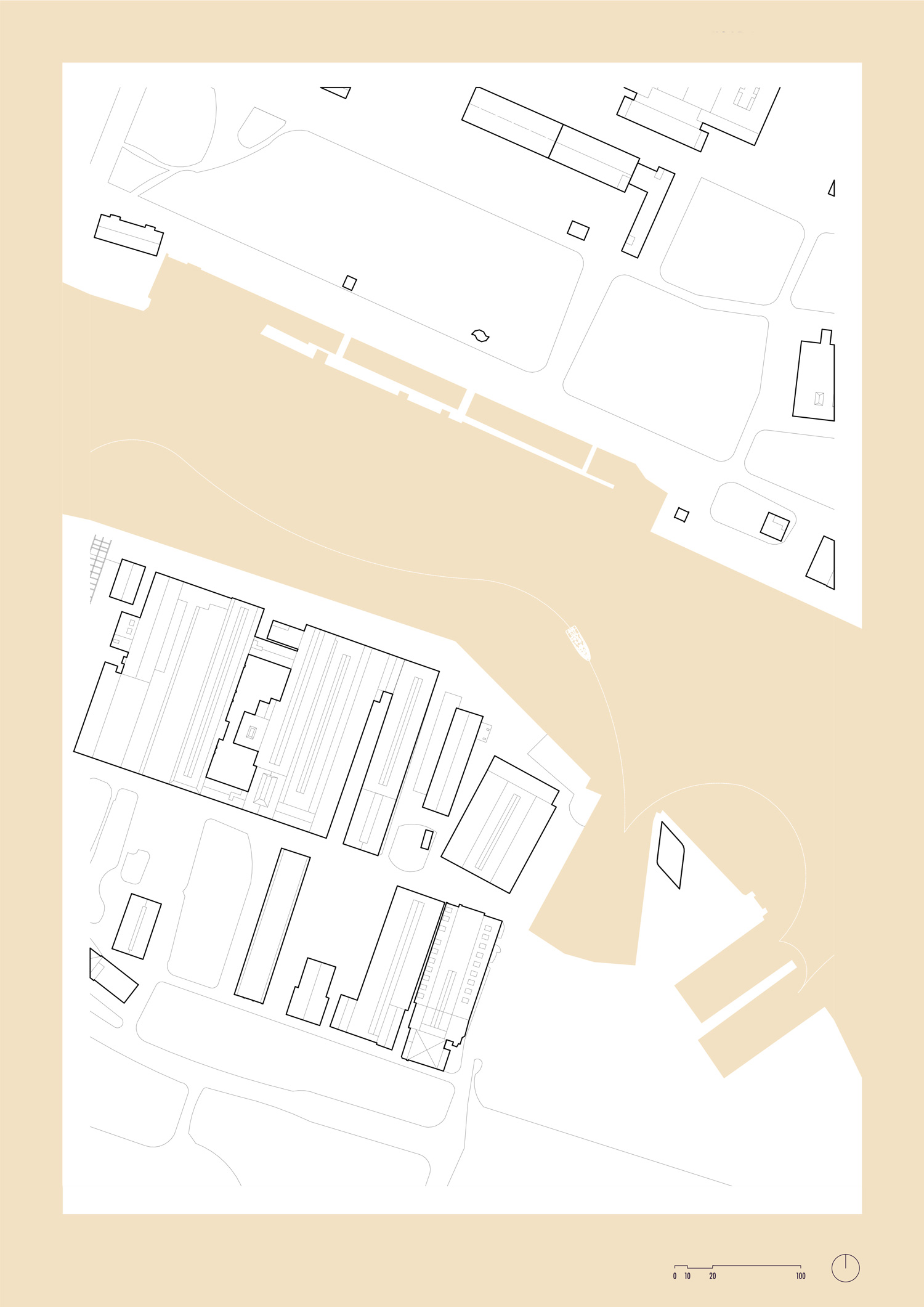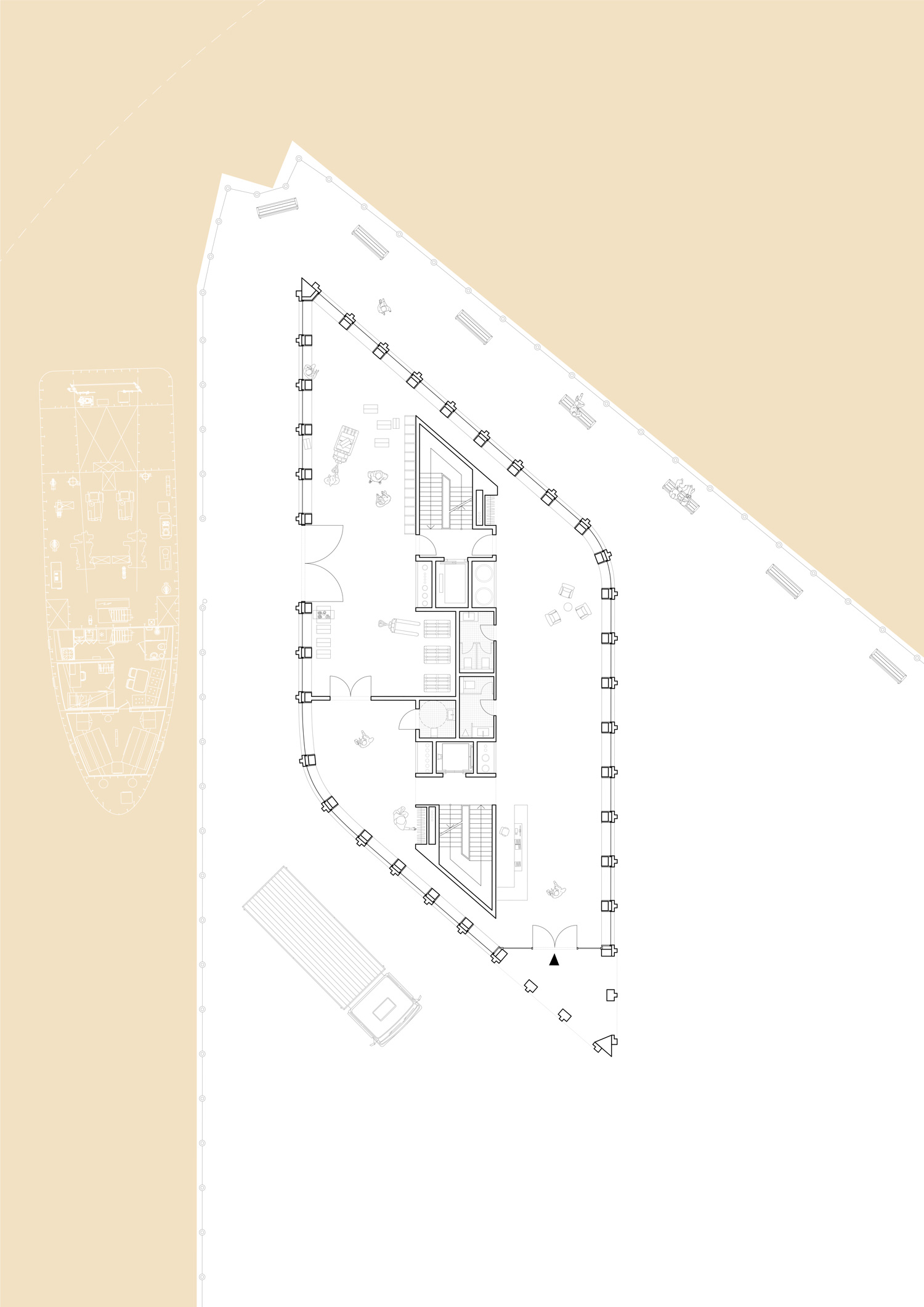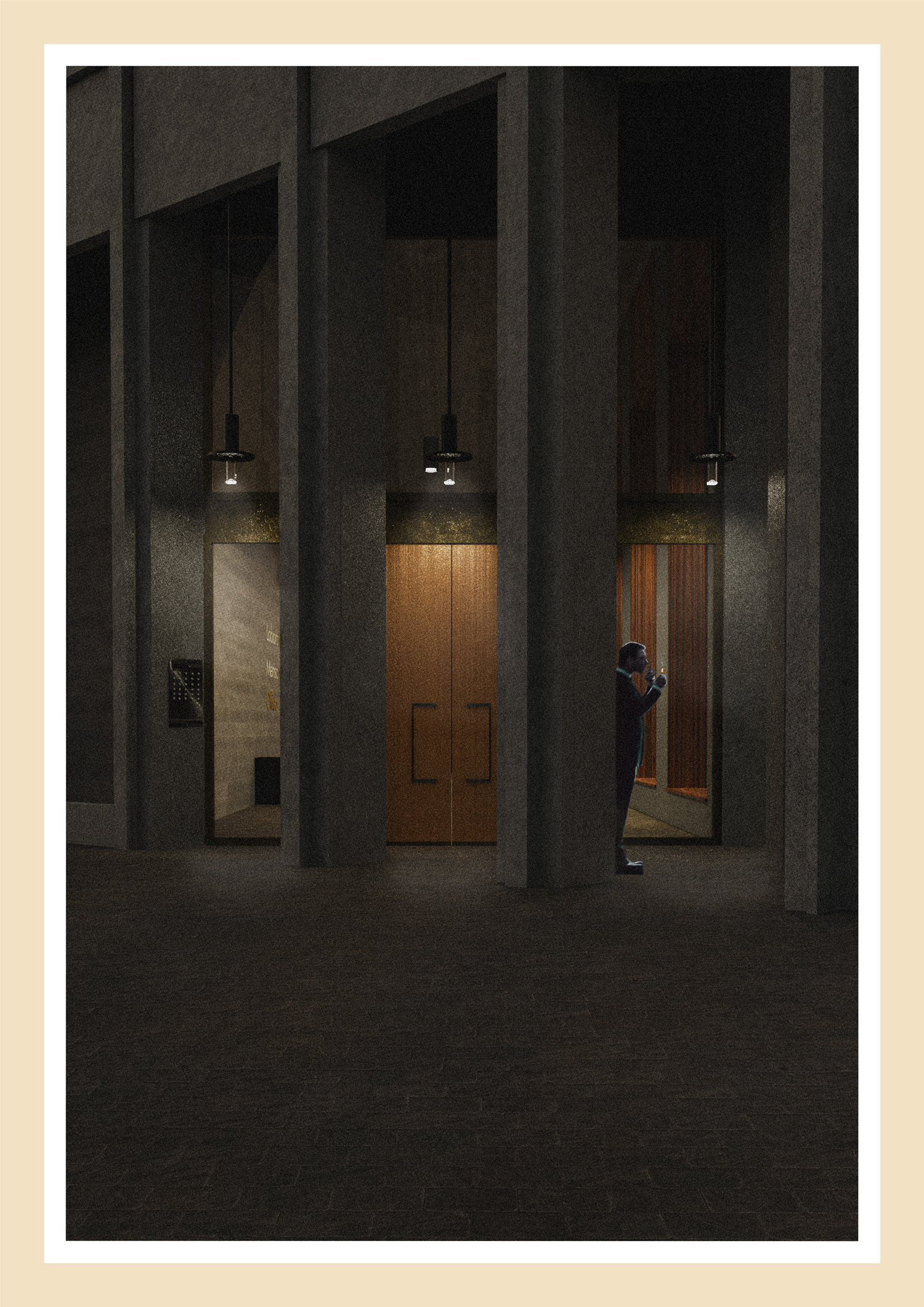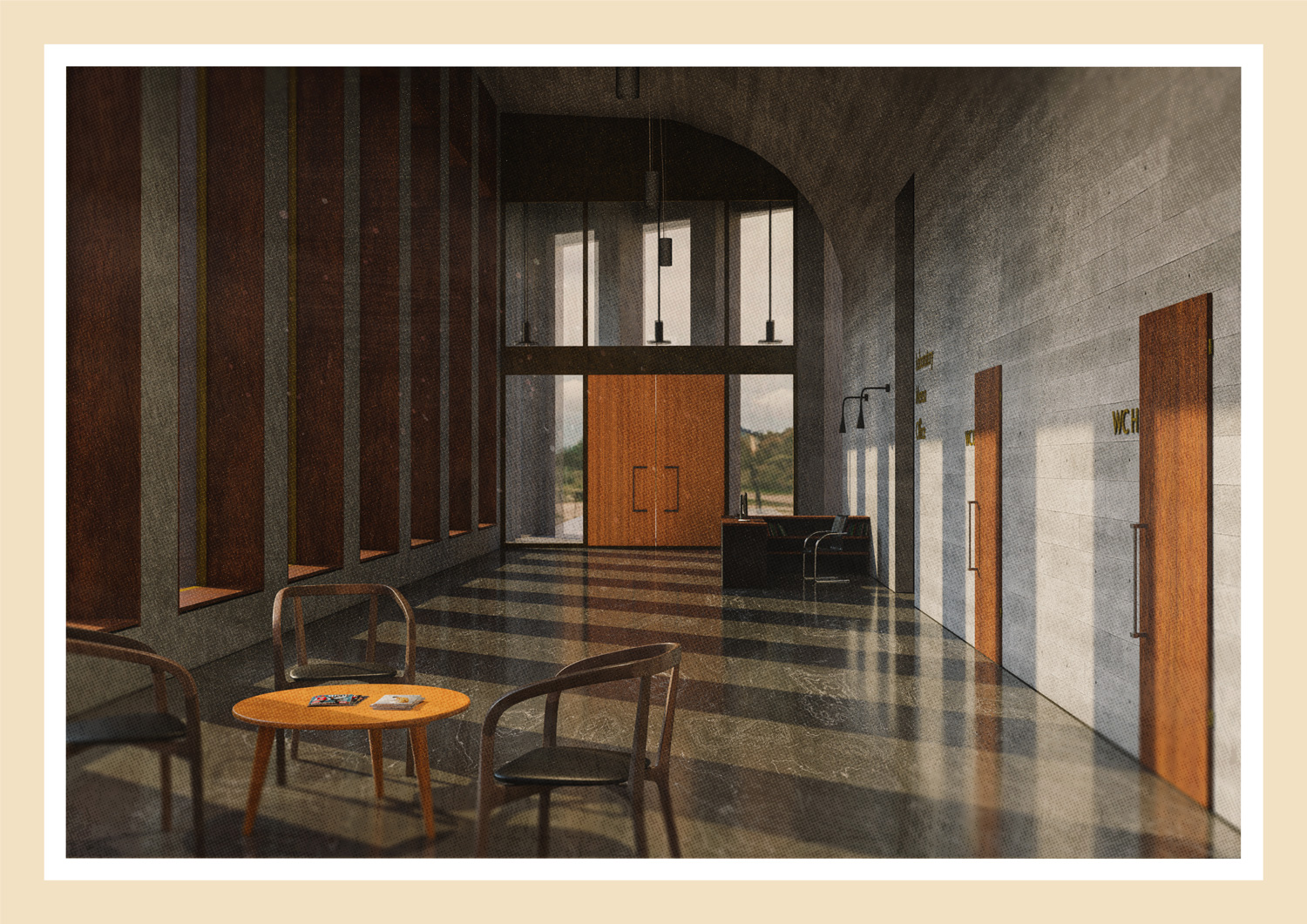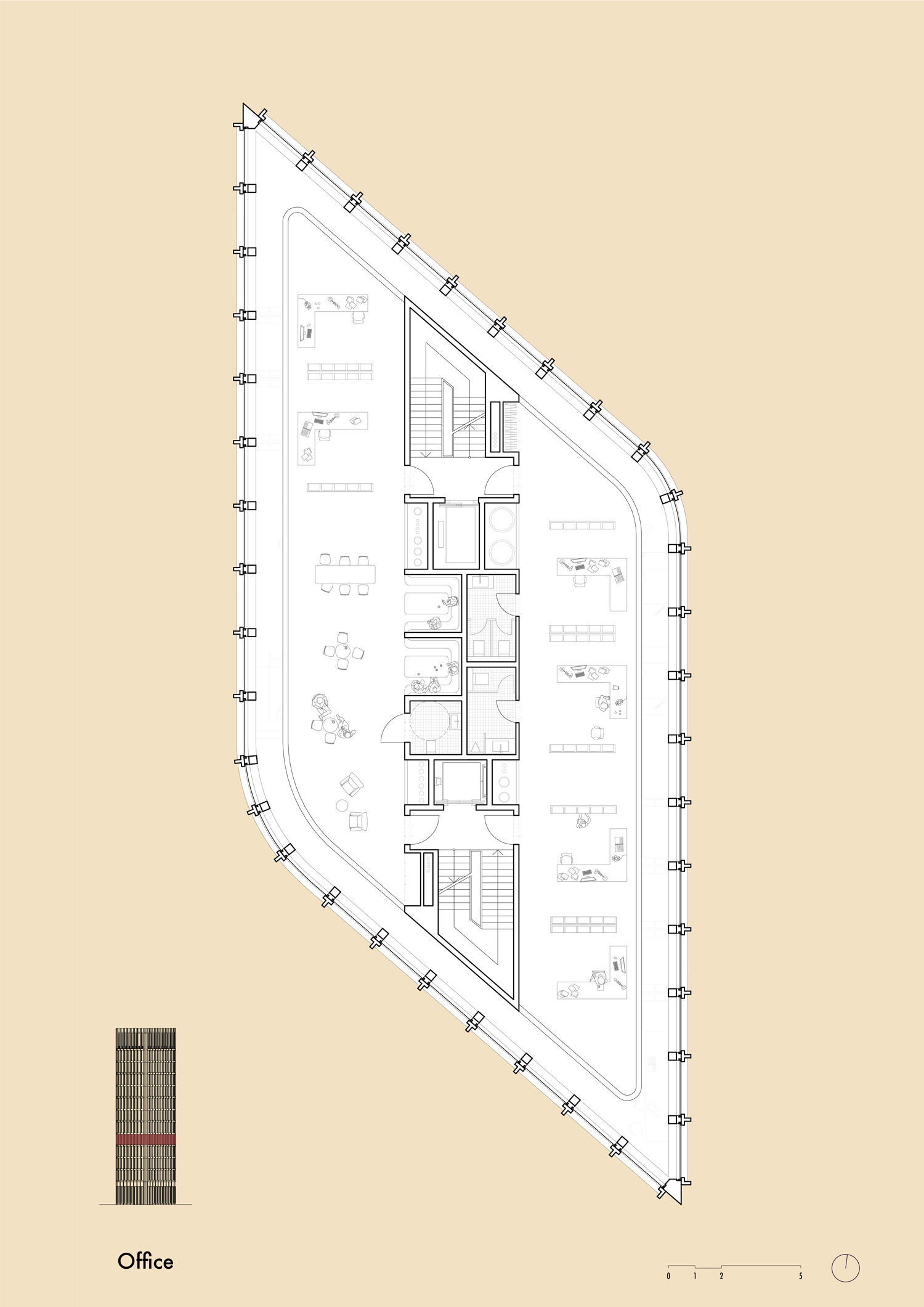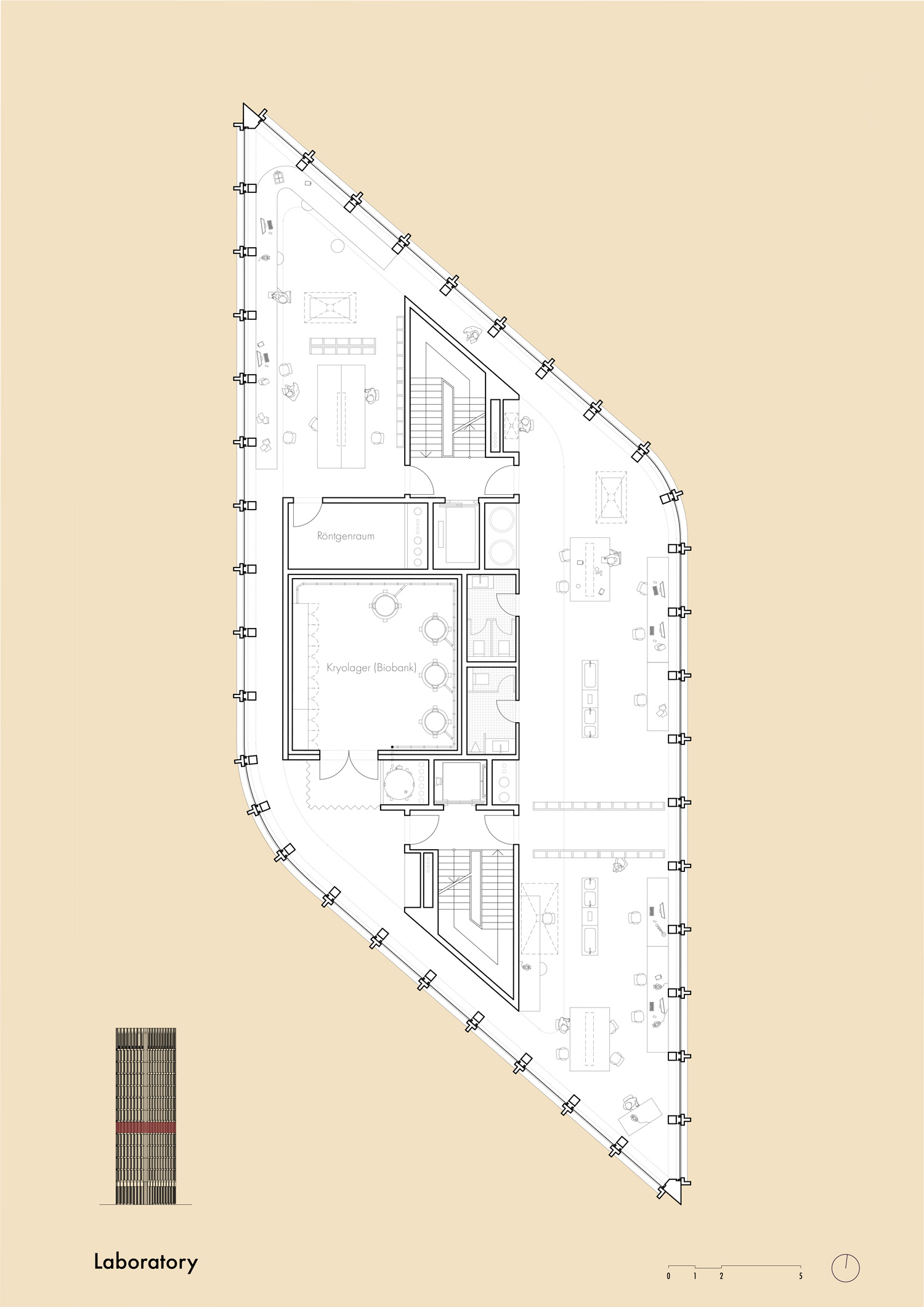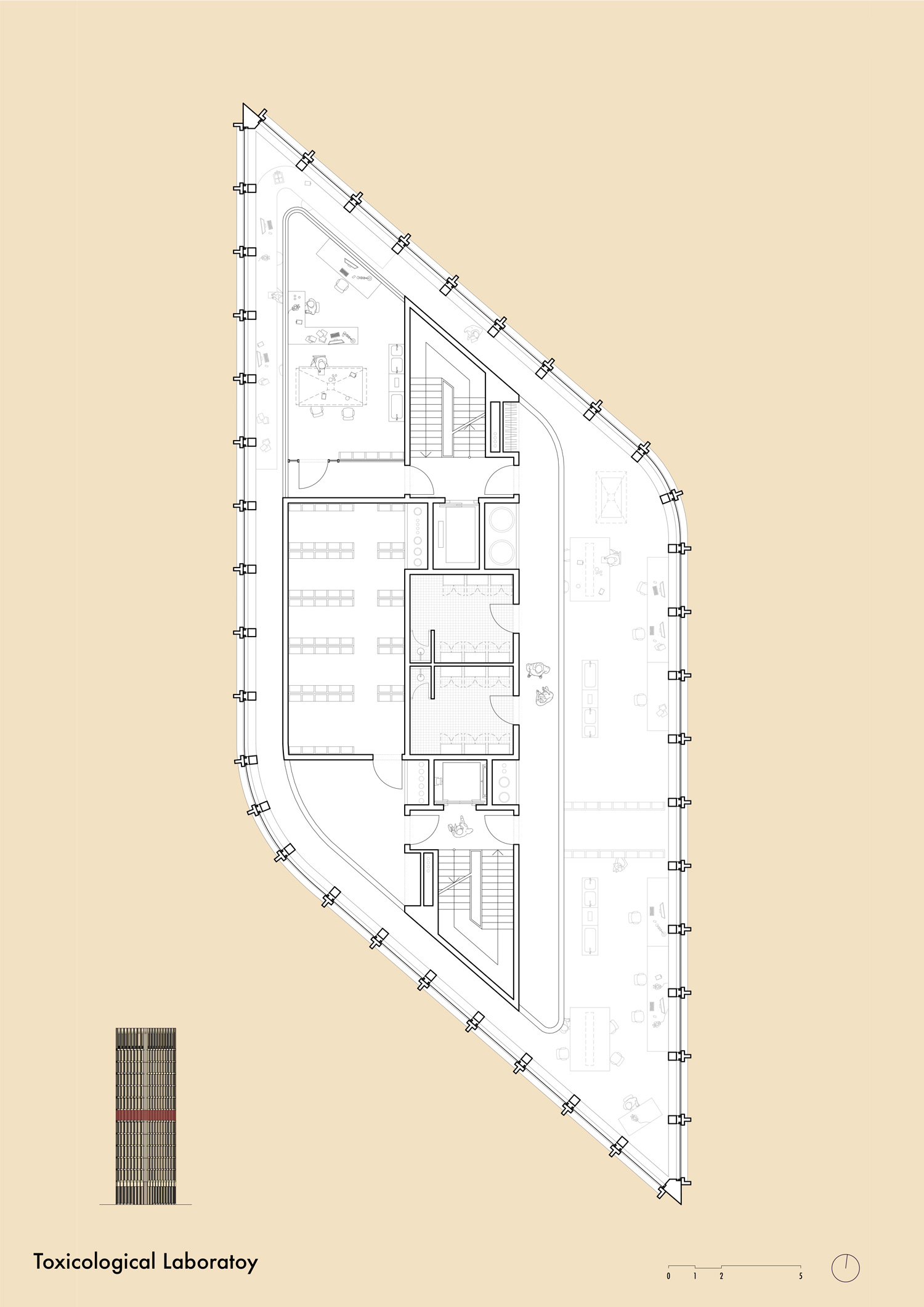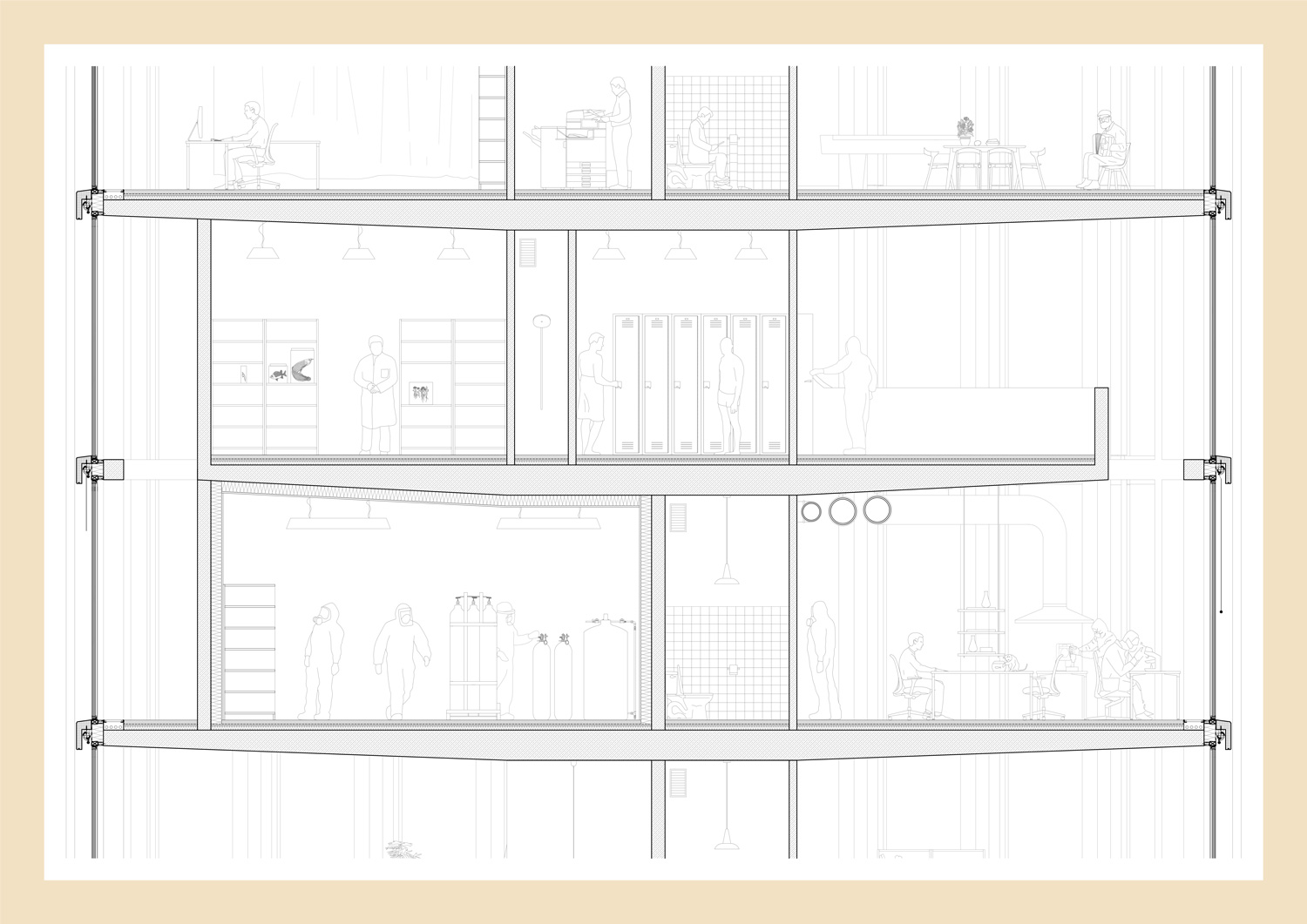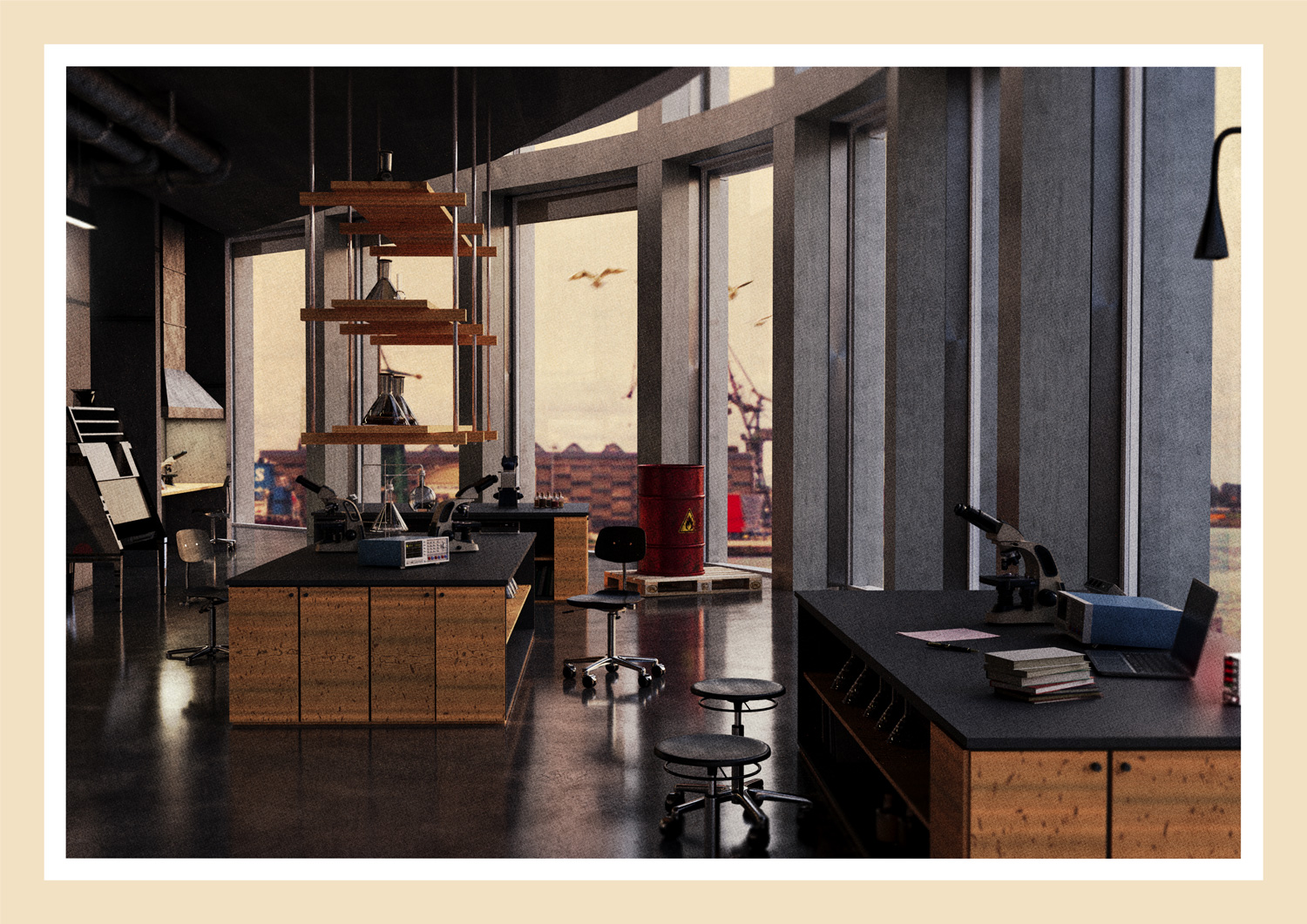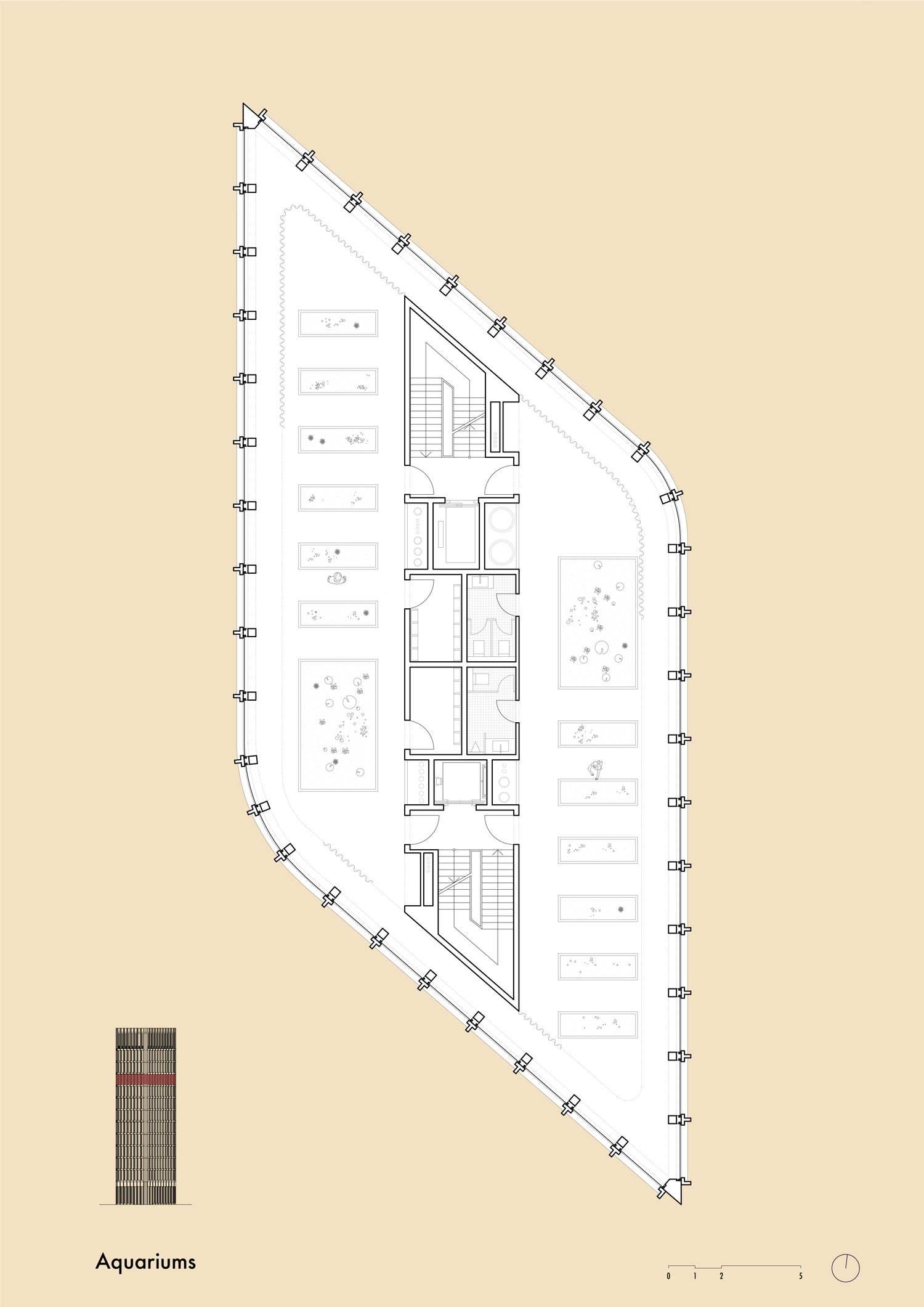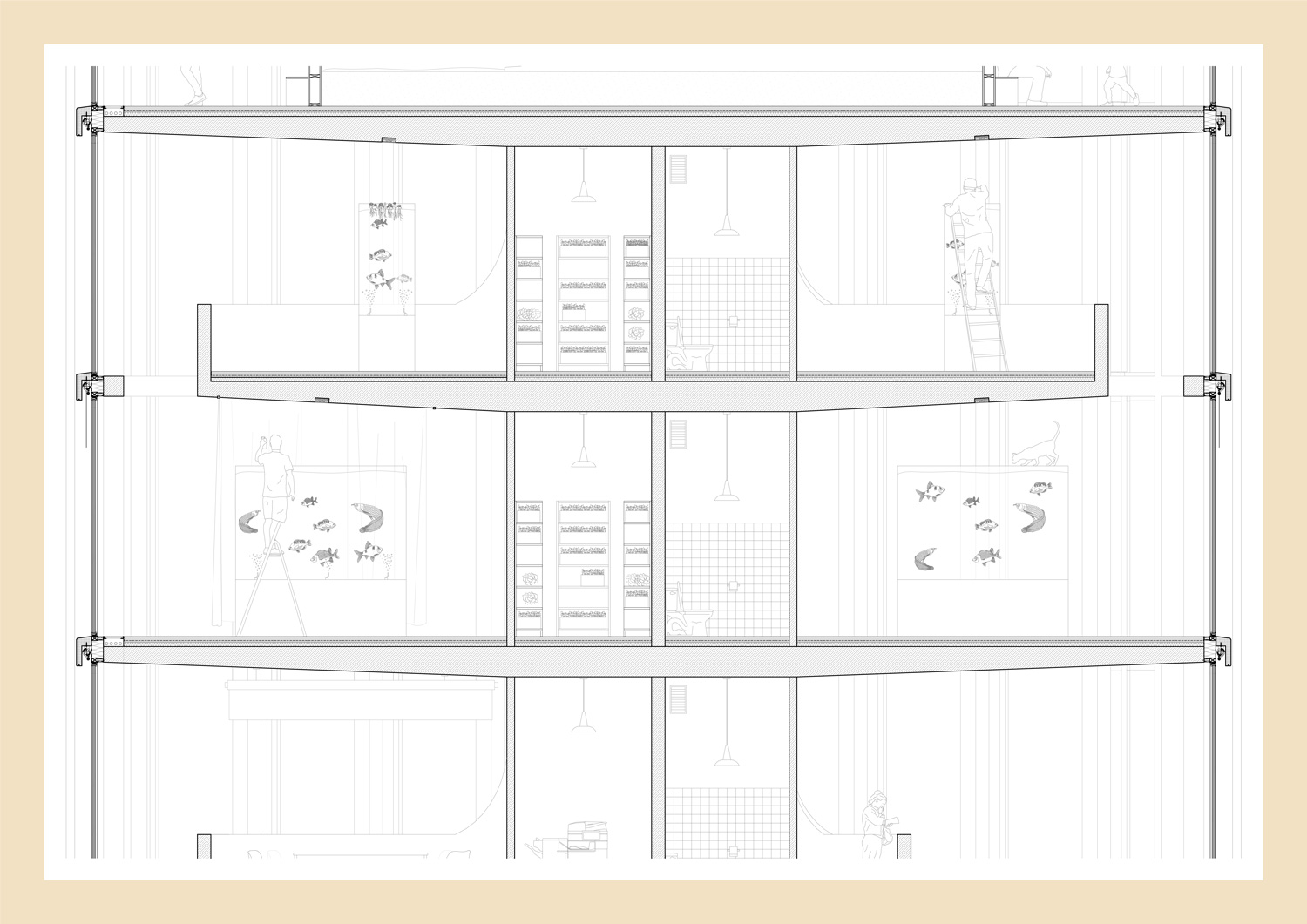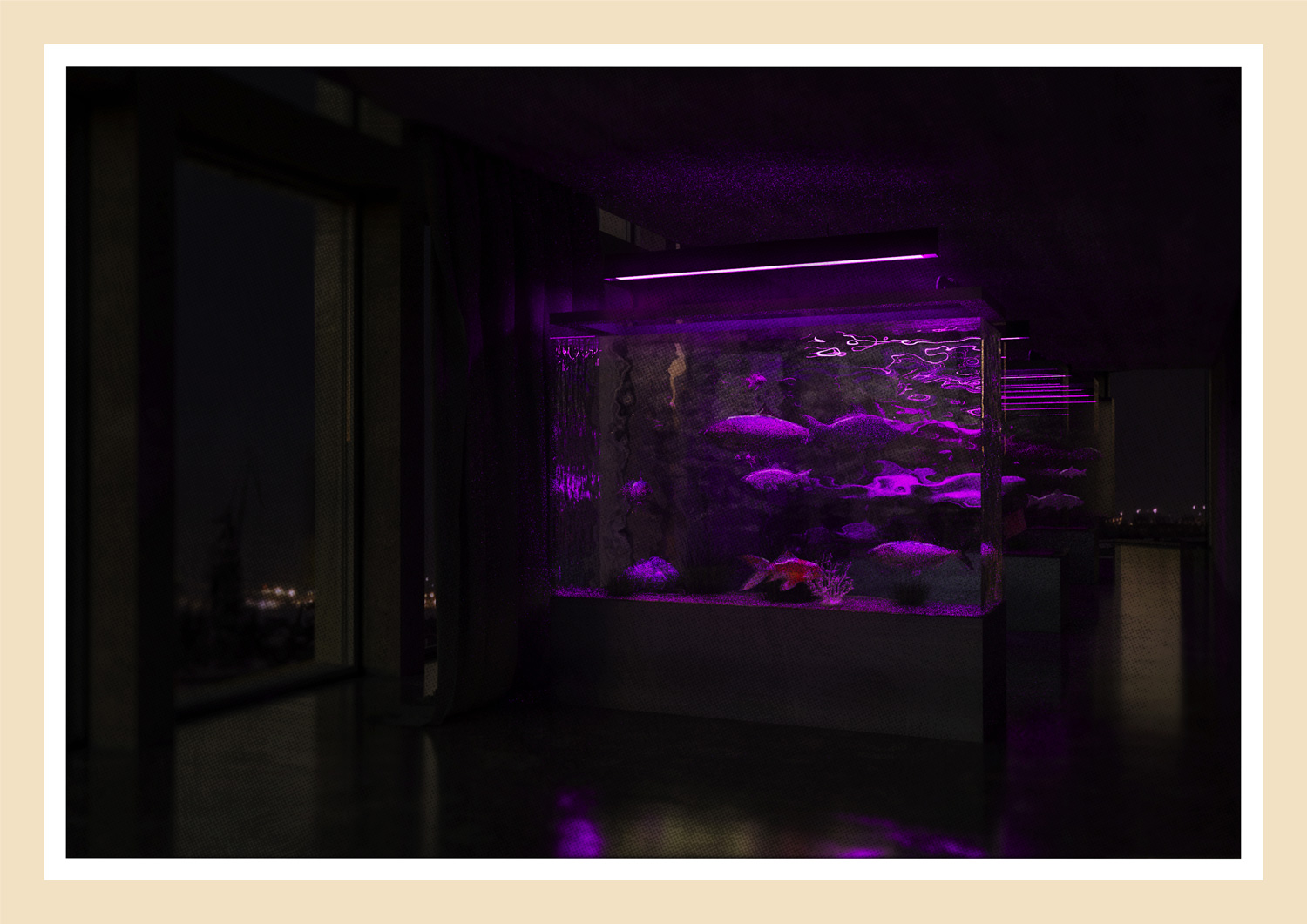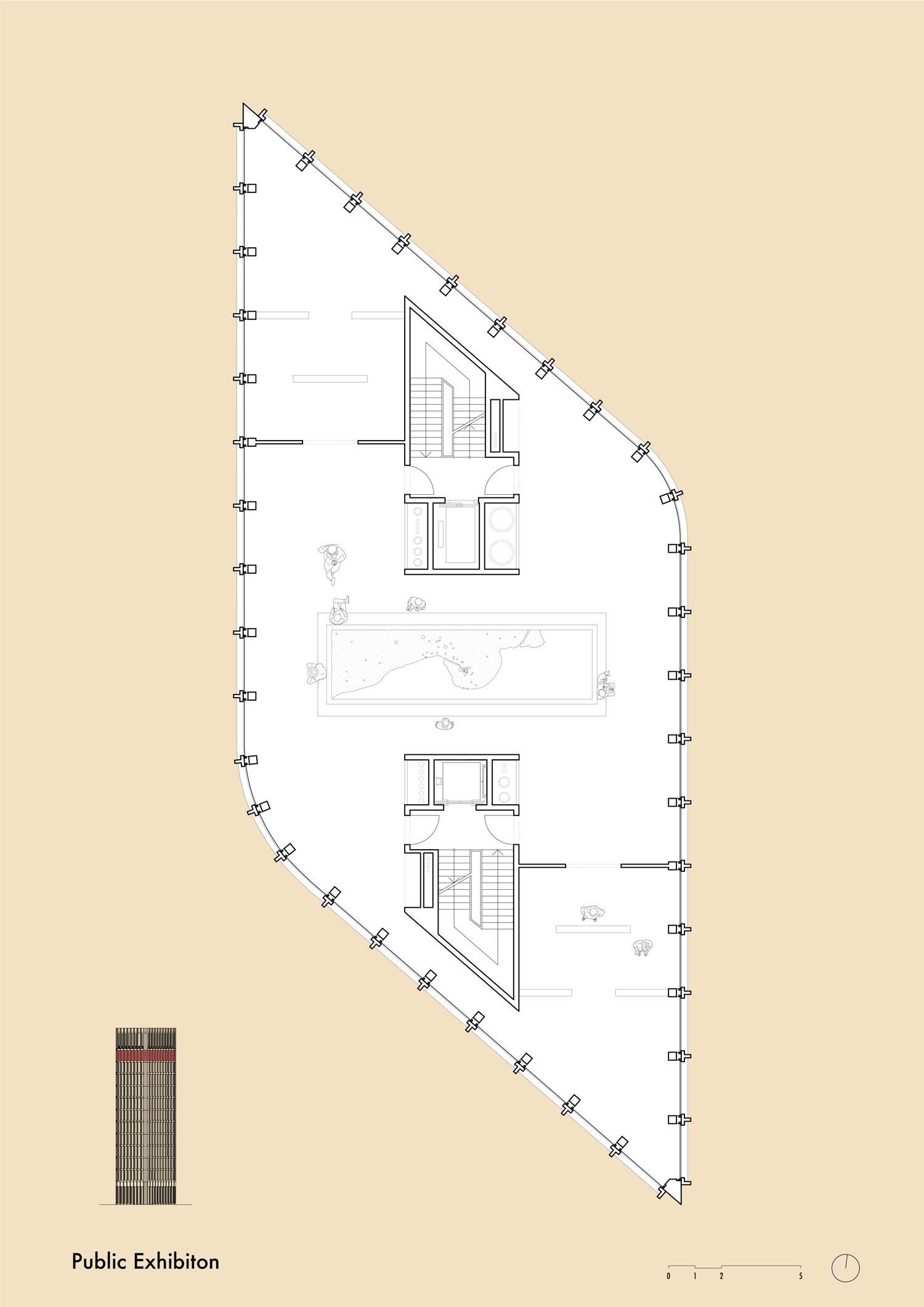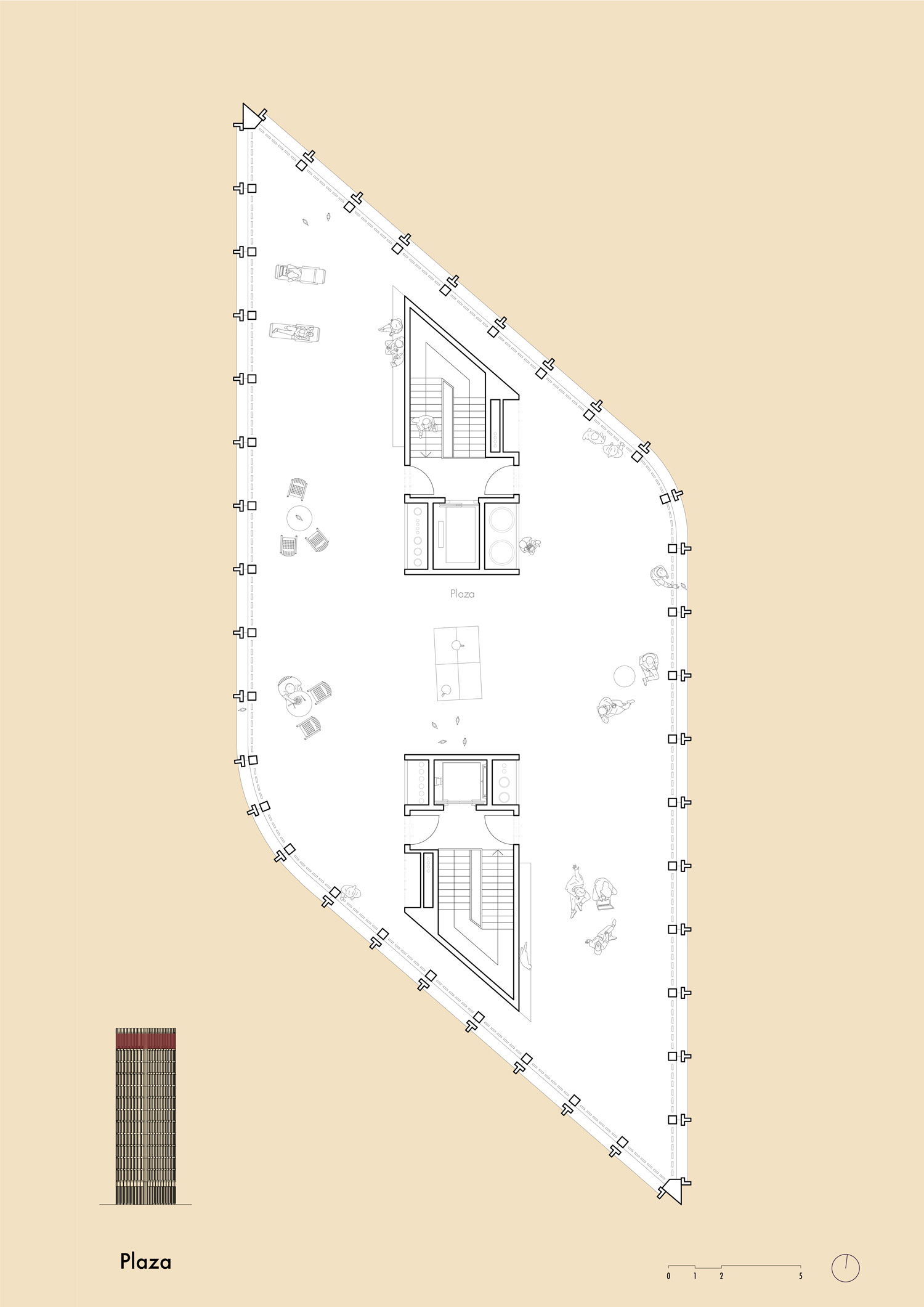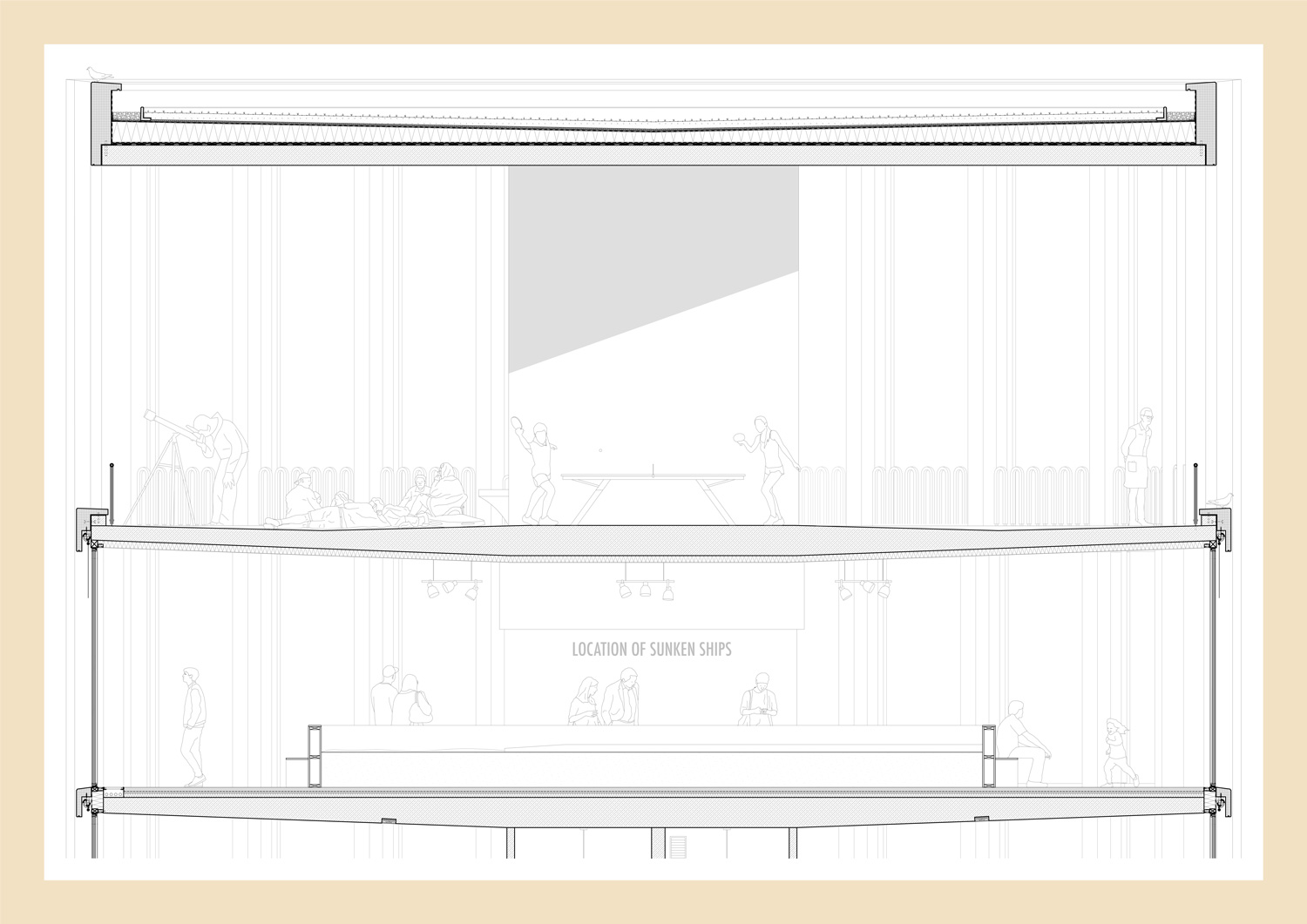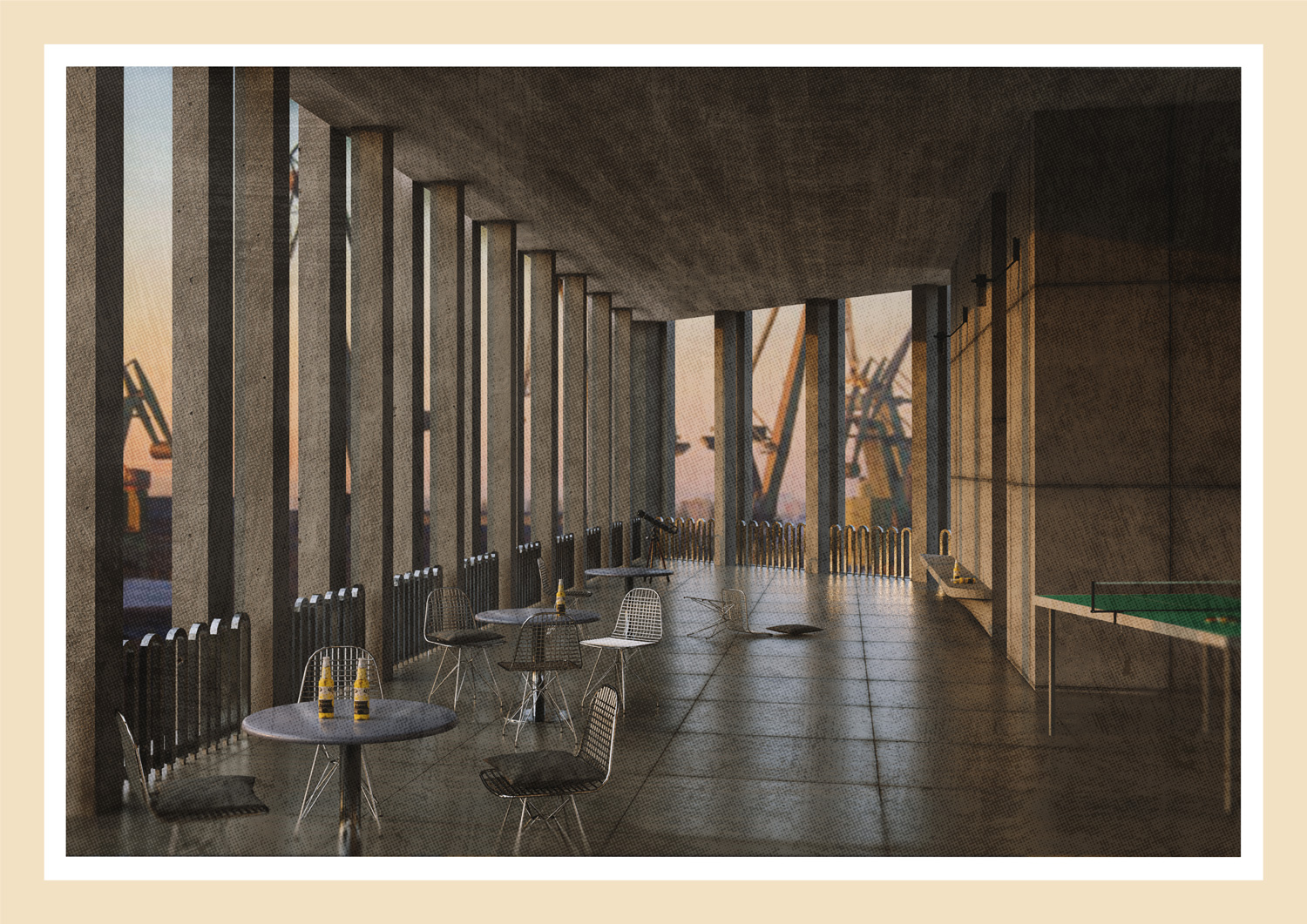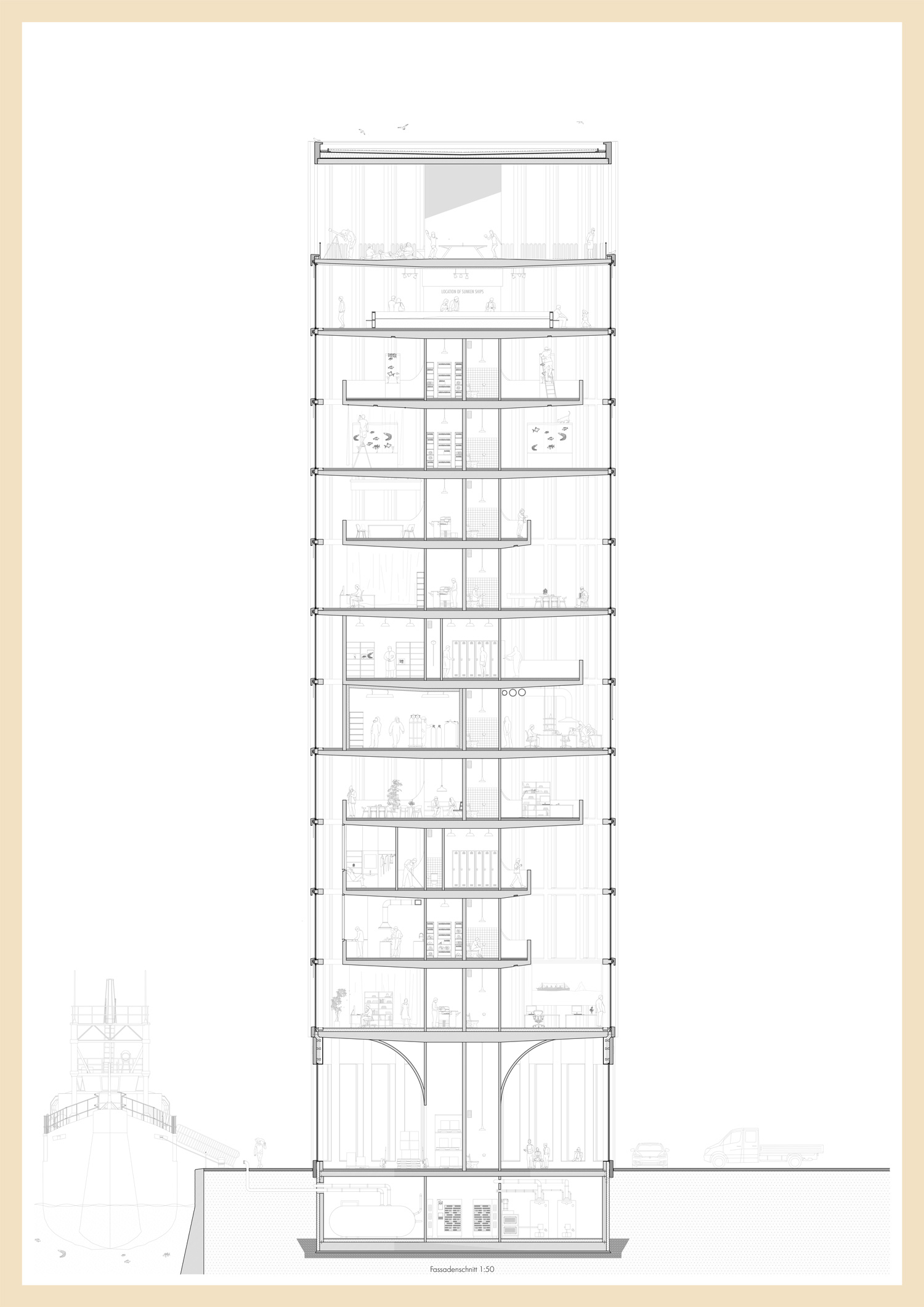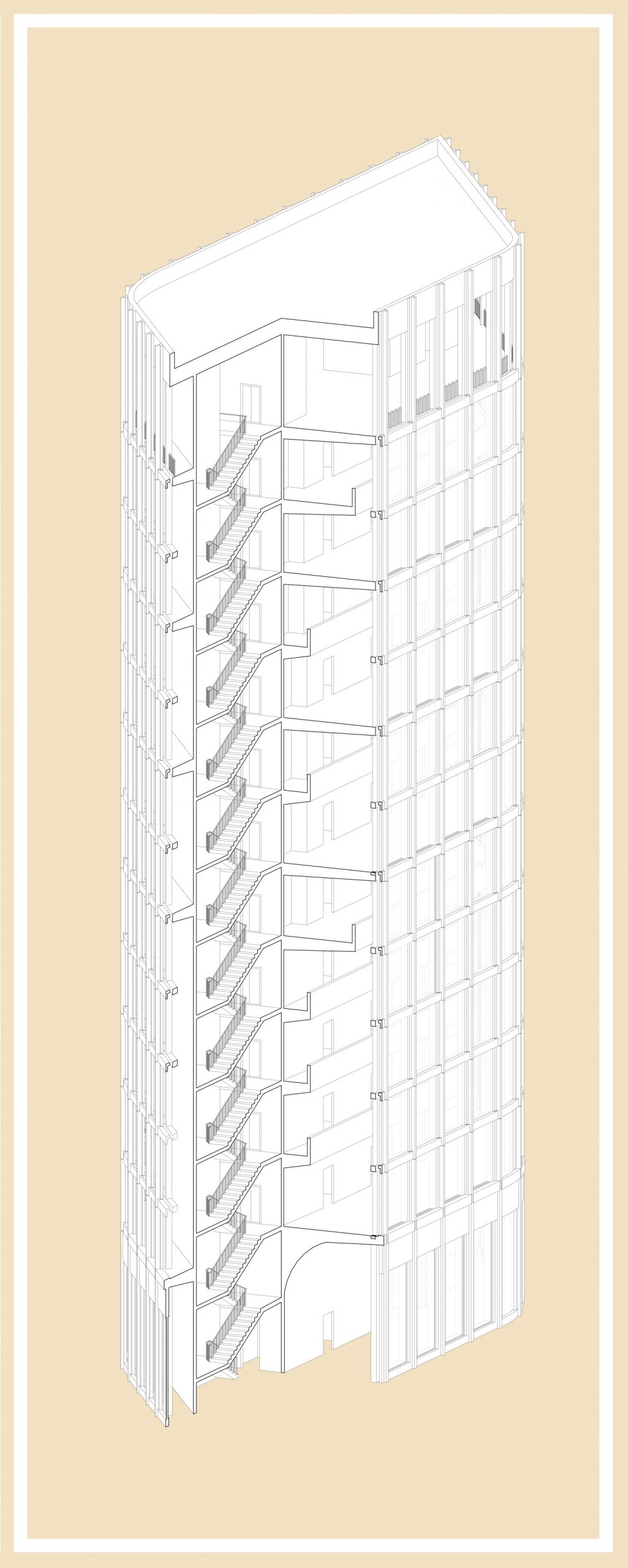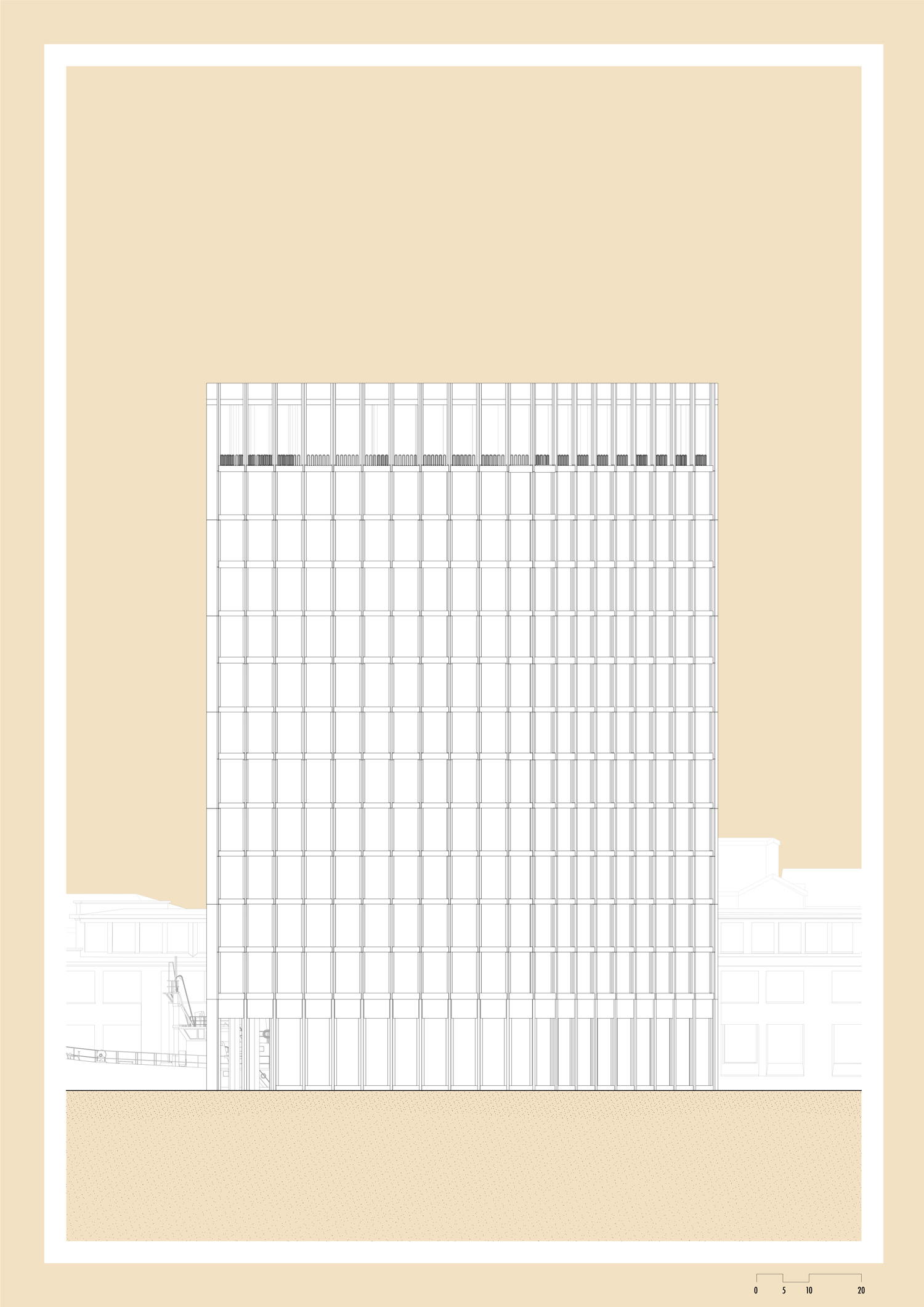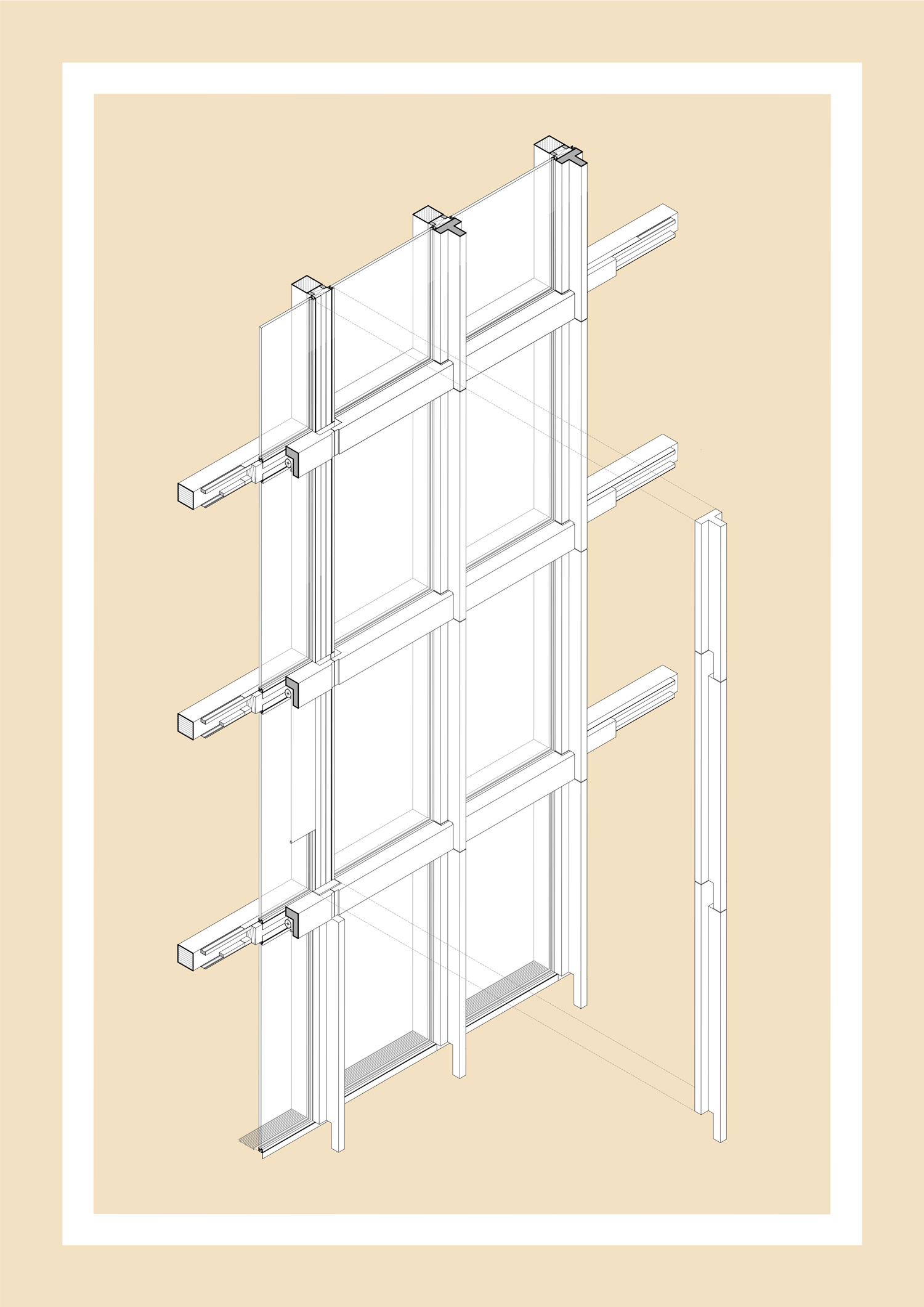☉ Maritime Research Center for Waste Oil is a proposal by Philippos Theofanidis for OTH Regensburg in 2020. It is located in Gdansk Poland in a seaside and industrial setting. Its scale is medium with a surface of 6.300 sqm. Key material is concrete.
Off the coasts of the world lie ticking time bombs, of which the public up to now hardly had any knowledge: 6,300 wrecks, sunken in World War II, are rusting in the sea for more than 70 years. Researchers estimate the amount of oil left in them is up to 15 million tons. The Baltic coast of Poland is particularly badly affected, in the last months of the Second World War, numerous German Ships sank. Numerous other ships and submarines from this period lie on the sea floor. The wrecks in Gdańsk Bay are particularly dense. They have been corroding for 70 years and are now showing the first environmental damages, caused from the escaping oil that is still in the wreck´s tanks and are now rusting through the steel, emerging to the water surface and threatening entire coastal regions.
In the middle of the historic Lenin Shipyard in Gdansk, where the august strikes once took place in the 1980s, a new institute for oceanography with a focus on Marine ecology is supposed be built. The main focus lies on the theoretical research and the recovery of the oil in the Baltic region.
The building is located at the Martma Wilsa watercourse on the harbour basin and marks a new landmark at the port. Through an reaction to the rejuvenation of the harbor edge an organic form arises that wants to be viewed from the movement. Depending on the point of view the tower changes from narrow to wide.
The communication between the different research areas is ensured through mezzanine floors and by further interweaving the functions of the building. On the top two floors there is an exhibition and a public plaza with a view over Gdansk and the Sea. The core forms the heart of the tower. It adapts to the respective use of the floor plan and includes sanitary facilities, stairs and elevators and individual rooms for each department.
The facade is made of prefabricated concrete elements. These develop evenly, vertically over the thirteen storeys and are filled with glazing. Unlike the flat, horizontal elements, the vertical elements are narrow and deep. Thus a uniform envelope spans around the volume. The facade has a very strict appearance in terms of shape and color. The grid as well as the gray and silver give the building a silent and classic impression.
